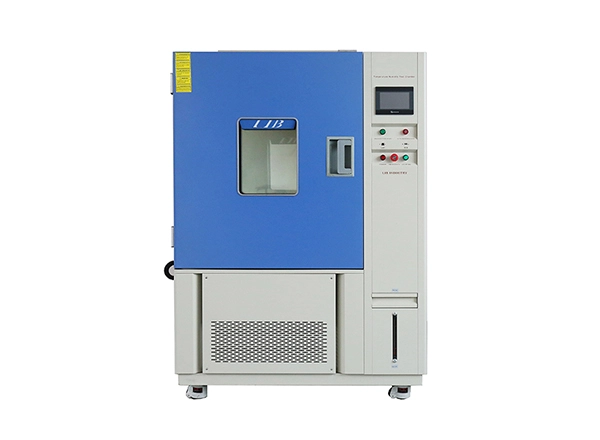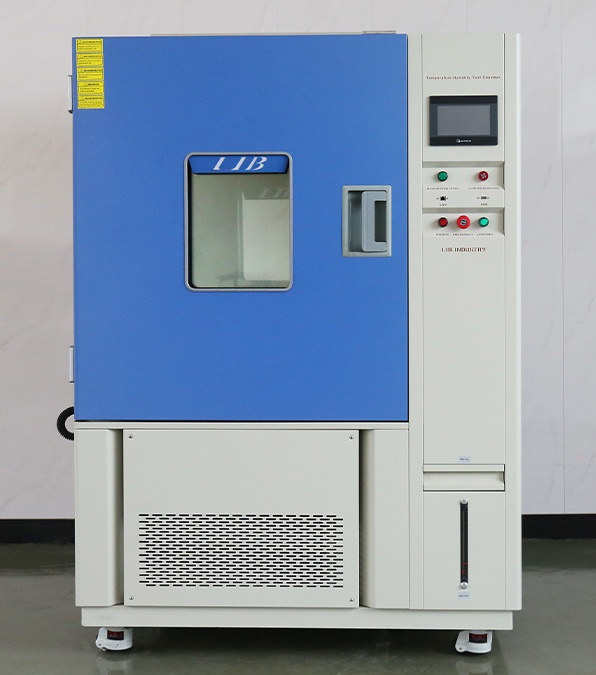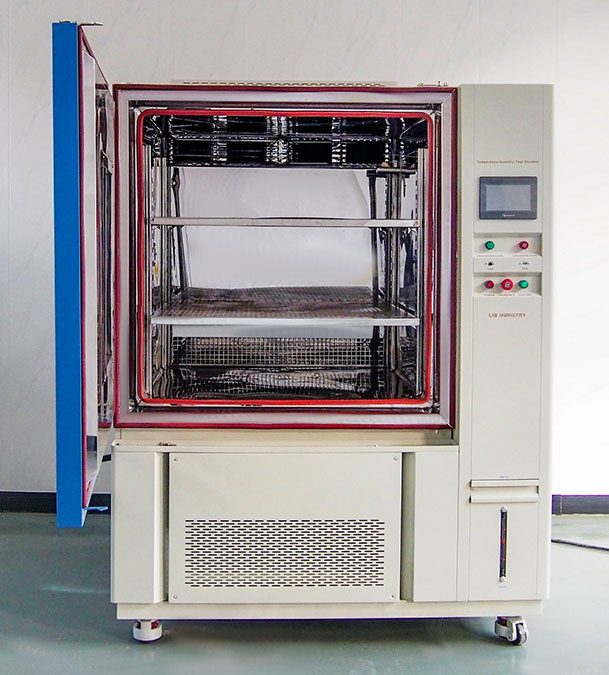

In the realm of scientific research, particularly in fields such as biology, agriculture, and materials science, the ability to simulate and control environmental conditions is paramount. Reach-in environmental chambers have emerged as essential tools for researchers aiming to conduct experiments under specific temperature, humidity, and light conditions. This article explores the myriad benefits of using reach-in environmental chambers for controlled climate research.
The reach in test chambers are large, insulated units that allow researchers to create and maintain controlled environments. These reach in environmental chambers can be equipped with advanced technology to regulate temperature, humidity, light intensity, and even atmospheric composition. Their design enables easy access for researchers to introduce or retrieve samples, making them an invaluable asset in laboratory settings.

1.Precise Environmental Control
One of the primary advantages of reach-in environmental chambers is their ability to provide precise control over environmental variables. Researchers can set specific temperature and humidity levels to replicate the conditions needed for their experiments. This level of control is crucial for studying biological processes, plant growth, or material properties under varying environmental conditions.
2. Reproducibility of Experiments
Reproducibility is a cornerstone of scientific research. Reach-in environmental chambers allow researchers to replicate experiments under the same controlled conditions, ensuring that results are consistent and reliable. This reproducibility is vital for validating hypotheses and confirming findings across different studies.
3. Versatile Applications
These reach in chambers, as one of environmental chambers for sale at LIB Industry, are versatile and can be utilized across various fields. In agriculture, they can simulate seasonal changes to study plant responses to different climates. In biology, researchers can investigate the effects of temperature and humidity on microbial growth. In materials science, reach-in chambers can be used to test how materials behave under extreme environmental conditions.
4. Enhanced Safety and Compliance
Controlled environmental chambers can also enhance safety in research settings. By maintaining specific conditions, researchers can minimize the risk of contamination and ensure compliance with safety regulations. This is particularly important when working with sensitive biological samples or hazardous materials.
5. Energy Efficiency
Modern reach-in environmental chambers are designed with energy efficiency in mind. Many models incorporate advanced insulation and energy-saving technologies, reducing operational costs while maintaining precise environmental conditions. This is a significant benefit for research institutions looking to minimize their environmental footprint.
6. Real-Time Monitoring and Data Logging
Most reach-in environmental chambers come equipped with advanced monitoring systems that provide real-time data on environmental conditions. This capability allows researchers to track changes and respond promptly to any fluctuations, ensuring that experiments remain within the desired parameters.

Lib Industry Reach-in environmental chambers represent a significant advancement in the field of controlled climate research. Their ability to provide precise environmental control, enhance reproducibility, and support a wide range of applications makes them indispensable tools for researchers. As technology continues to evolve, these chambers will likely become even more sophisticated, further enhancing their role in scientific discovery and innovation. The benefits they offer not only advance our understanding of various scientific phenomena but also contribute to the development of sustainable practices in research and industry.
 English
English русский
русский français
français العربية
العربية Deutsch
Deutsch Español
Español


